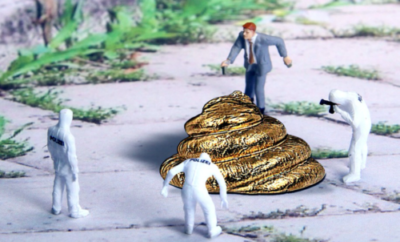The North Carolina Department of Health and Human Services (NCDHHS) is extending an interesting program it began earlier this year to battle COVID-19.
On Thursday, July 22, the department announced that it is nearly doubling the number of sites in its coronavirus wastewater surveillance program.
The virus shows up in wastewater – and state officials can get more information on the presence of COVID-19 in North Carolina by seeking it out in that water.
Since January, NCDHHS has been testing wastewater samples to look for SARS-CoV-2 – the virus that causes COVID-19 – as part of a surveillance program called the North Carolina Wastewater Monitoring Network. People infected with the virus shed viral particles in their feces. Though those particles are no longer infectious, they can be measured if enough people in the area are infected.
The state has bumped up the number of sites studied from 10 to 19 to better identify places in North Carolina where the virus is spreading.
Ever since May, data from 10 wastewater treatment facilities in the state have been available weekly on the wastewater monitoring dashboard.
The additional sites were selected to include wastewater monitoring locations in all parts of the state. Measuring the virus that causes COVID-19 in wastewater allows NCDHHS to track COVID-19 trends in an entire community served by the same sewer system with one sample. Wastewater monitoring detects viruses shed by symptomatic people, as well as people who are asymptomatic but can help serve as an early warning sign about increasing trends.
“As the Delta variant emerges in North Carolina, it’s more important than ever for us to use all available tools to track the spread of COVID-19 so health officials and members of the public can take action if trends are increasing,” said State Epidemiologist Dr. Zack Moore in a July 22 press release. “The recent increases we’ve seen are an important reminder that COVID-19 is still here and still a risk for people who are not fully vaccinated. If you haven’t gotten your shot, don’t wait to vaccinate.”


Just fellow the City Council around with a shovel and the researchers will be able to collect all the poop that they need to examine for their study.
haha
It does get harder after a while…..
You know the line for those jobs must be out the door..